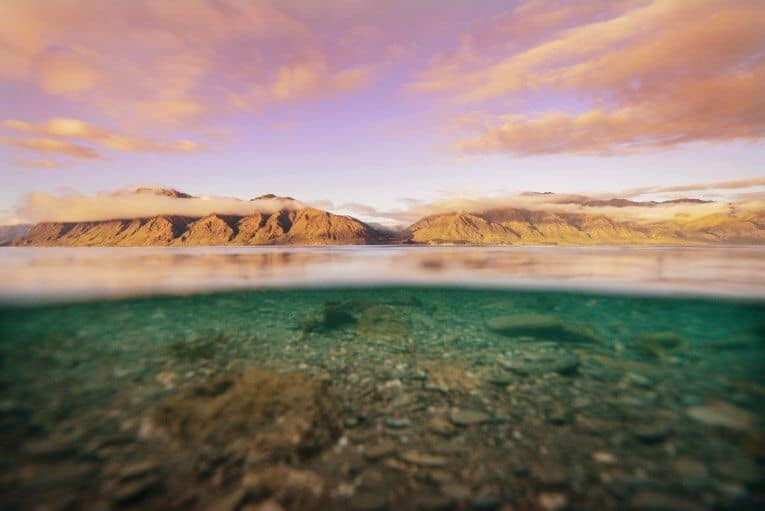
Landscape photography doesn’t need to be complicated or just left to the professionals. Capturing a scene is all about composition and knowing how to use your camera to produce what your mind envisions. Whether it’s a beautiful beach, rocky mountain range or lush jungle, you can photograph landscapes with the help of a wide angle lens, allowing as much of the environment into the image as possible.
Below is a guide to the best lenses and tips on how to compose a landscape photograph…
Lens Guide
When purchasing an SLR camera you will have the choice of a few starter lenses and can then invest in additional lenses depending on your photography intentions and expertise. For landscape photography nothing really beats a wide angle lens. A wide angle lens is generally considered to be around 14-24mm however there are a number of superb quality ultra wide angle lenses that are changing the game.
My secret weapon of choice for all landscape shots is a 7-14mm M.Zuiko f/2.8 PRO Lens (14-24mm equivalent), I also use this for my underwater landscape shots. Because it has the wide angle zoom it allows me to create ultra wide landscape images and capture an entire scene or tone it back a little and also create the standard wide angle shots. Typically for underwater it’s always set at 7mm and for land based shots it’s around 14mm or I switch over to the 12-40mm M.Zuiko f2.8 PRO Lens.
You’ll have to forgive my lack of knowledge on the Canon range of products but you’ll find a similar range available and it’s simply a matter of personal choice and budget.
Below is a list of wide angles lenses that will get you on your way to amazing landscape shots…
18-70mm budget/beginner friendly
18-200mm great value
14-24mm the queen of wide angle lenses
See ‘What’s in My Bag‘ for exact lens details of what I’m currently using.
Now onto how to use your lens because it’s not just about what you use…it’s how you use it to compose each photograph with your unique perspective!
LANDSCAPE PHOTOGRAPHY TIPS –
The Horizon: Whether you’re photographing a beach scene, city scene or forest, you will have a horizon. This is your best friend in landscape photography and it’s essential you use it to compose your image. While there are of course exceptions, it’s almost always essential to keep your horizon straight, dead straight. You can change your point of view, put the horizon at the bottom of the image, right at the top or smack bang in the middle but when it’s straight it makes the rest of your photo shine without an oddly angled distraction.
The Foreground: One element that can take your landscape shot from drab to incredible is the foreground. Take a look at what’s around you and how you can compose something into the foreground to either create a certain perspective or add a sense of place. You can use a person to show how giant a mountain is or palm tree on the beach to make the viewer dream of hanging their towel there. Using the foreground in your landscape photo is all about seeing the opportunities and seizing them creatively.
A Unique Perspective: A little different to alternate angles, finding a unique perspective is about seeing the landscape differently. Look at the landscape and see if there are patterns in the sand, sea or natural setting. Is there something that stands alone as a feature of this amazing location? If yes, try and capture this element and only this element in a single photograph. It’s creative and requires more attention to detail but can become quite addictive as you scout locations for that perfect detail to highlight an incredible landscape with your unique perspective.
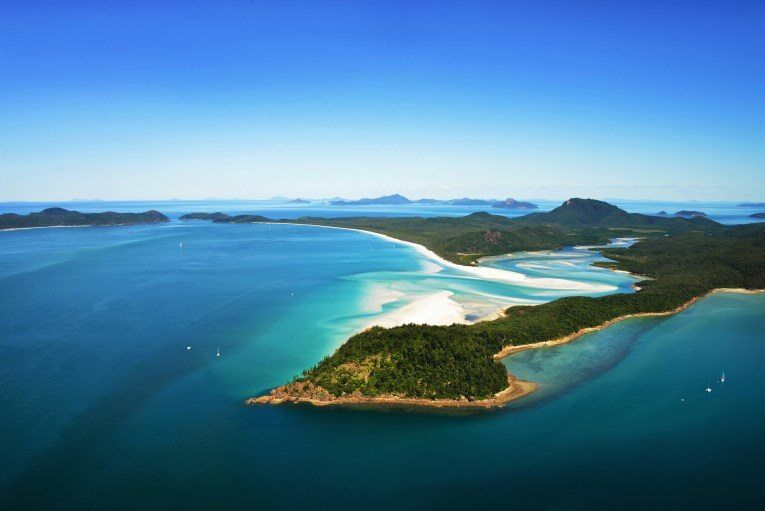
A wide angle landscape photograph of Whitehaven Beach…see below for the unique perspective of this same landscape.
Using Lines: Incorporating the use of lines into your landscape photography will help you direct the attention of the viewer toward the subject. If you’re hoping to draw interest to the beautiful sunset, find lines that point toward it. When we speak of ‘lines’ it can be anything that leads the eyes toward the subject; eg. a row of trees, a shoreline, a city street or water ripples.
Depth of Field: Do you want to have the entire photograph perfectly crisp and sharp with detail? Or would you like to focus on an object in the foreground and blur the distance? This is your Depth of Field and your choice of settings will determine how you use this. If you want to blur the background then shoot in Aperture mode with a large aperture like f/2, otherwise shoot in Manual or Program mode with a small aperture like f/10+ and you’ll see your image is nice and sharp all the way through into the distance.
Focus Point: In landscape photography it’s important to have a clear vision of what you want to capture. Are you trying to shoot an entire mountain range at once, or just one mountain peak within that range? Deciding what your focus point is will help you determine the composition for your image. If you’re planning to capture an entire mountain range you will see there is a lot of negative space above the range because your subject will be long and fall across the entire image. If it’s just one peak you can choose to position it in the centre of your image or somewhere more creative, it will be a little easier to make an impact because the subject will be more obvious.
Alternate Angles: Landscape photography isn’t just about staring out to sea and clicking the shutter button. It’s a never ending realm of possibilities and you’ll probably find yourself at home looking through your photographs after a day trip kicking yourself that you forgot to look up! Looking up opens the door to so many visual opportunities with tree canopies, stars, bridges and more you can incorporate into your work. One thing I suggest everyone does the next time they pick up a camera is to look for another angle. Instead of just clicking once or twice to capture the scene, grab a general shot then search and find new perspectives. Down low on the ground, from up high looking down, through branches/gardens, through a wave…the list is endless.
Image Stabilisation: If you’re attempting low light landscape shots or trying to capture a moving subject grab a tripod to ensure your images are super sharp. There is nothing worse than photographing an amazing landscape and being so caught up in the scenery that you forget to check if your shots are sharp. Sometimes I still use whatever happens to be around, or set myself up with a tripod tower made of rocks if I’m by a lake or beach!
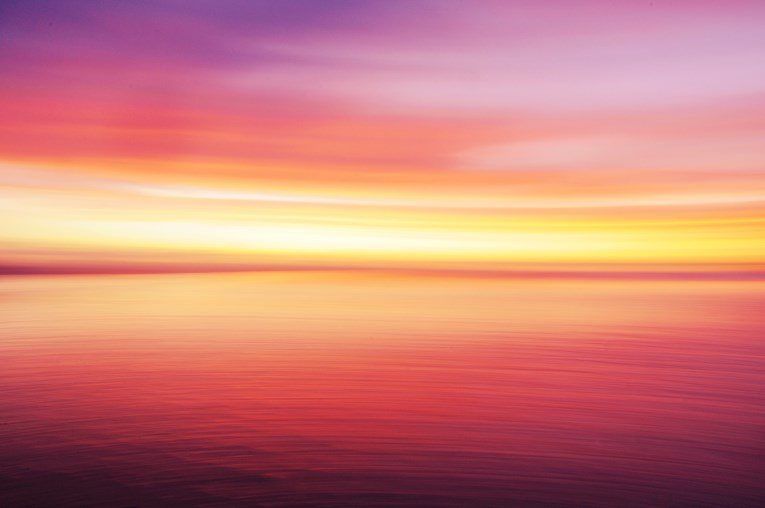
Standing as rigid as possible like a tripod and rotating from left to right generated this shot of the incoming tide.
The Sky: If you are outdoors shooting landscapes you’ll no doubt come across a sky that isn’t working for your intended shot. It might be too cloudy, too dull, too bright or just too boring. Rather than photoshop in a fake sky from another day (a pet hate of mine), you can recompose your image to minimise the amount of sky or view it from an alternate angle to make it appear more vibrant, eg. via a reflection in water. Using the sky in any landscape photograph can make or break it. When the sky is exploding with colour during a sunrise or sunset, it will be a crucial element in your image and will no doubt take up the majority of your photograph as the main subject, again just be wary of keeping the horizon straight and deciding what you want as the focus.
Questions to ask yourself when photographing a landscape:
What do I want to capture?
What interests me about this scene?
How do I compose the scene to match my vision?
What will I focus on?
Is my image nice and sharp?
How can I creatively photograph this landscape?
Have I looked around for an alternate angle?
Can I incorporate a creative technique like using slow shutter to improve the image?
Asking yourself these questions will prompt your eyes into seeing new elements within the landscape and will help your mind work out a way to capture or compose them!
I hope these tips have helped improve your landscape photography or get you excited to test out new techniques and vantage points!
If you’ve got an amazing landscape photo to share I would love to see it on Instagram with the hashtag #thewanderinglens or via email at hello@thewanderinglens.com
Happy snapping!

Hello! I’m the founder and photographer behind The Wandering Lens.
With 19+yrs experience as a professional travel and landscape photographer, all advice found on this site is from my personal experience, or that of contributors, on the road. I hope it’s useful for your own travels and would love to hear in the comments about your trips and experiences around the world.

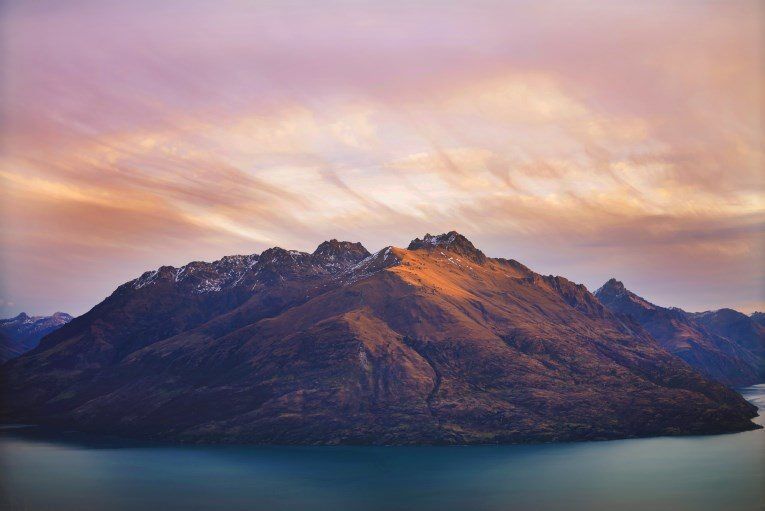
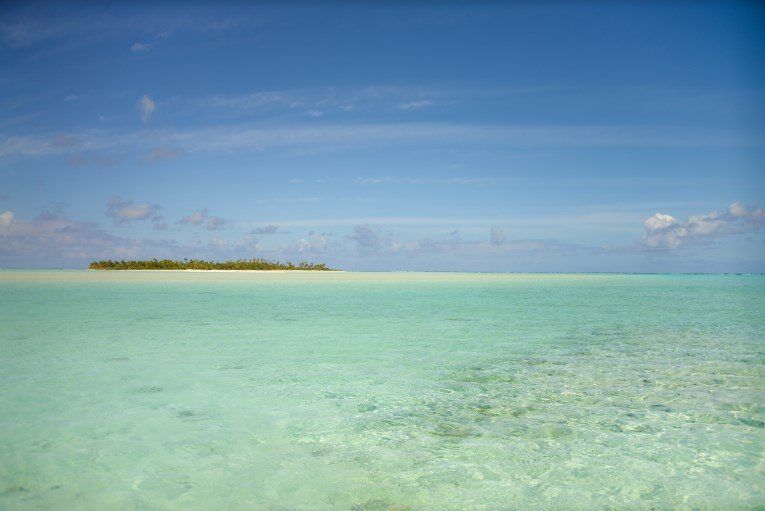
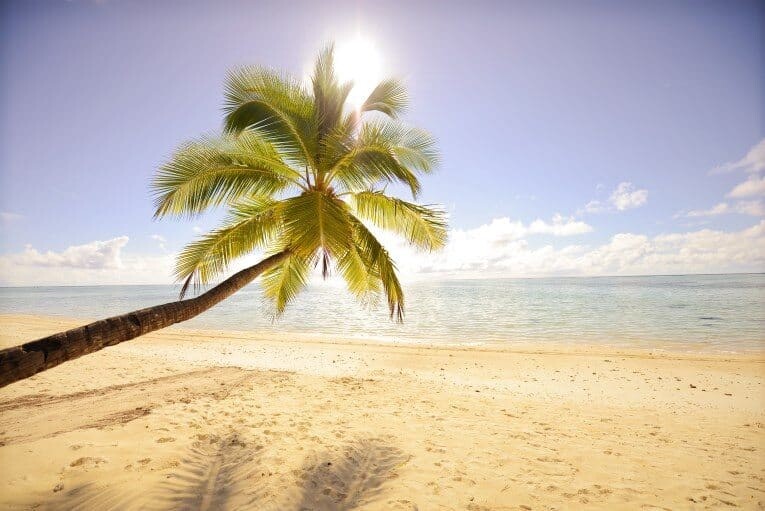
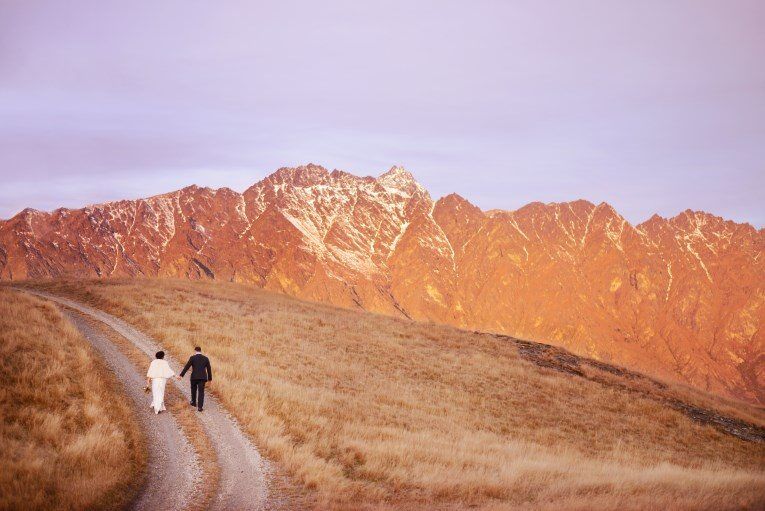
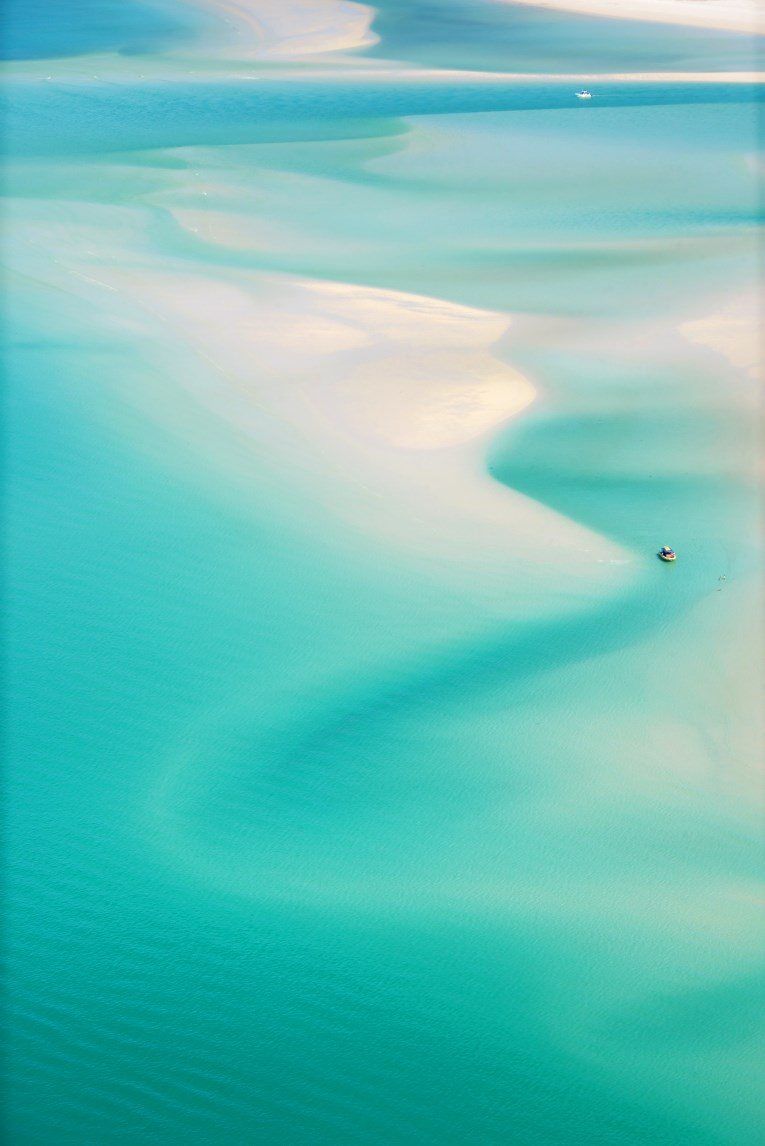
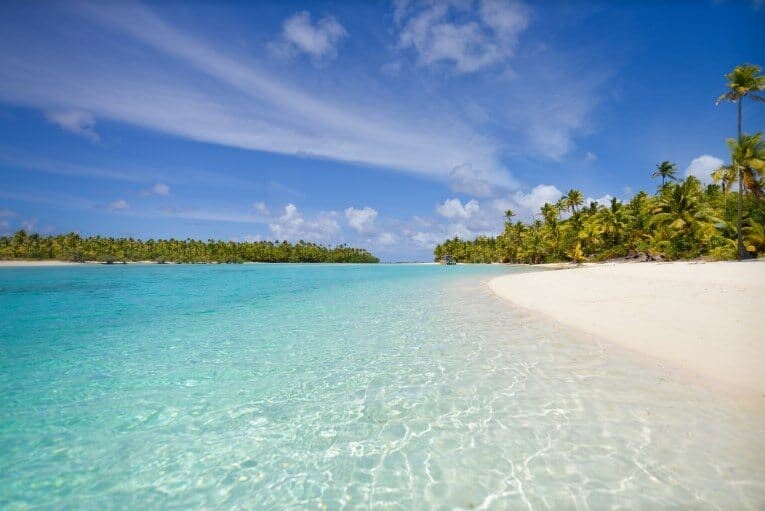
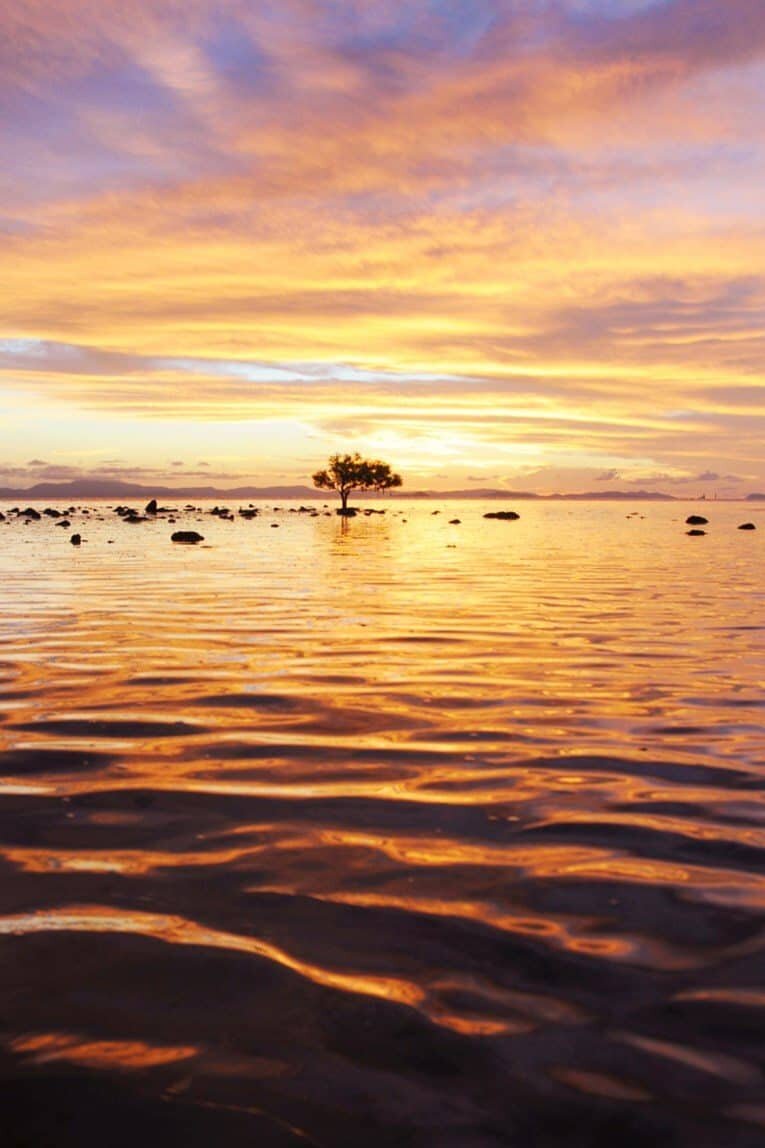
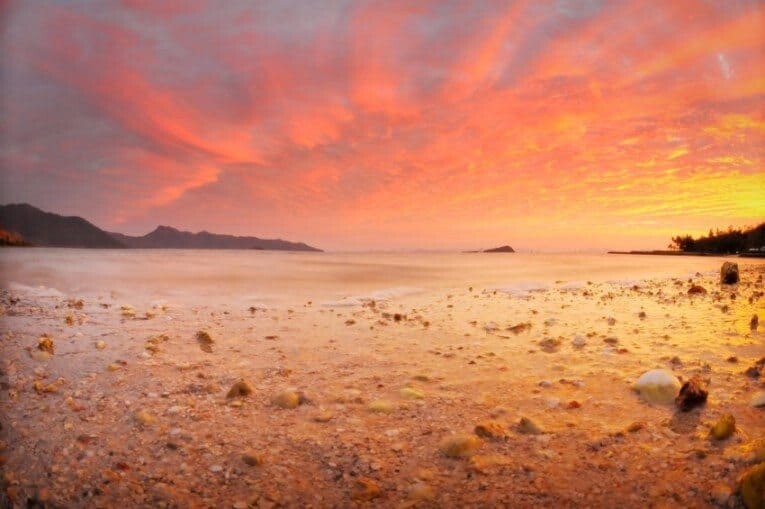
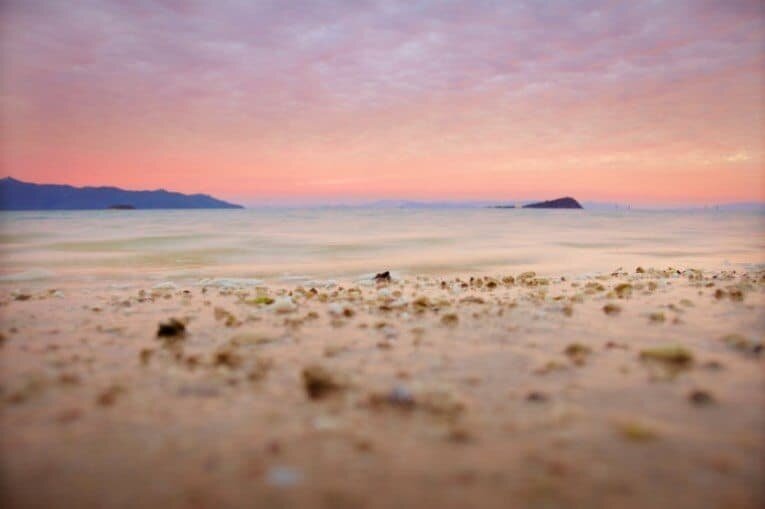
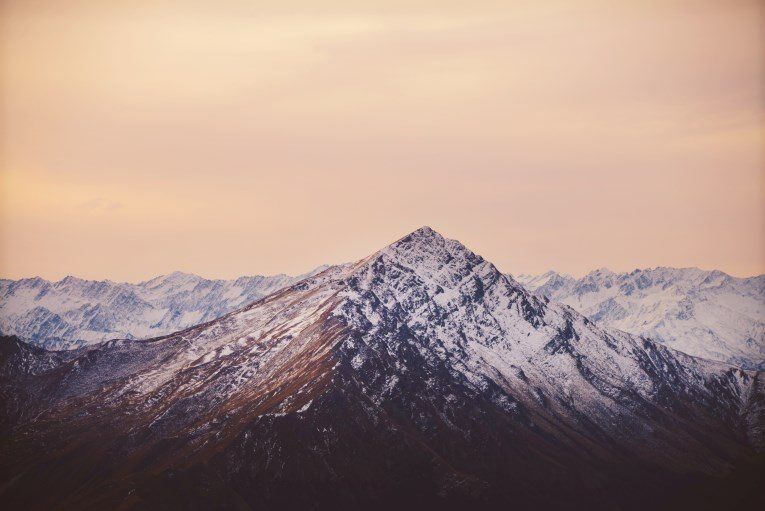
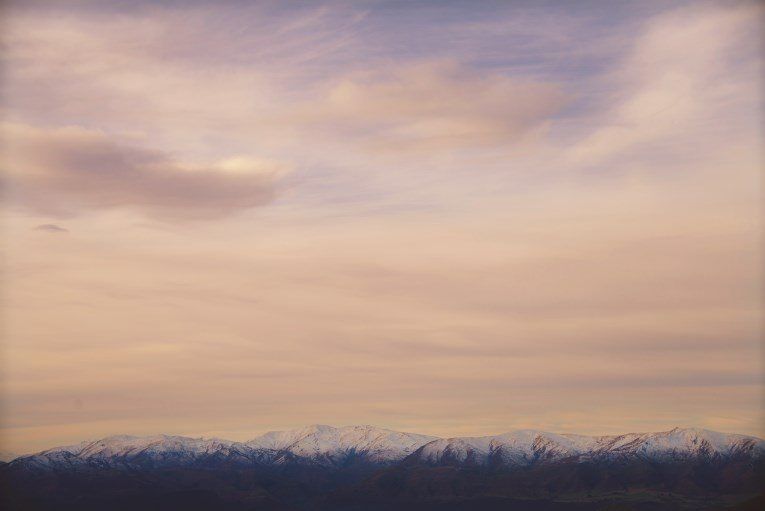
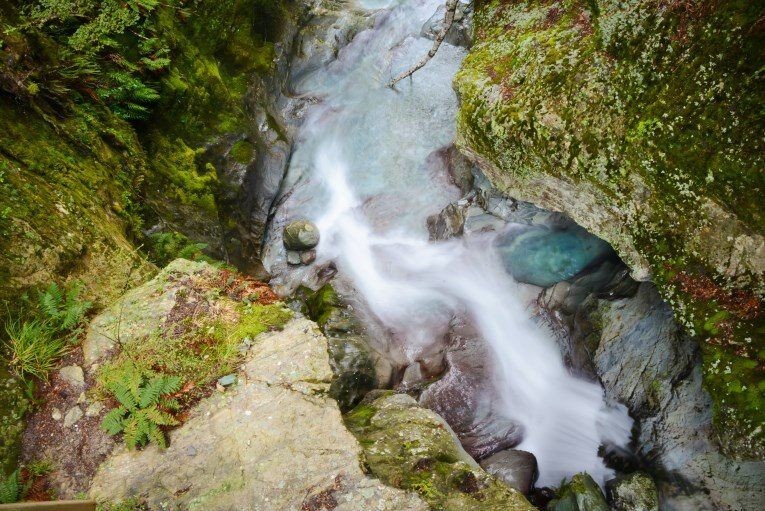
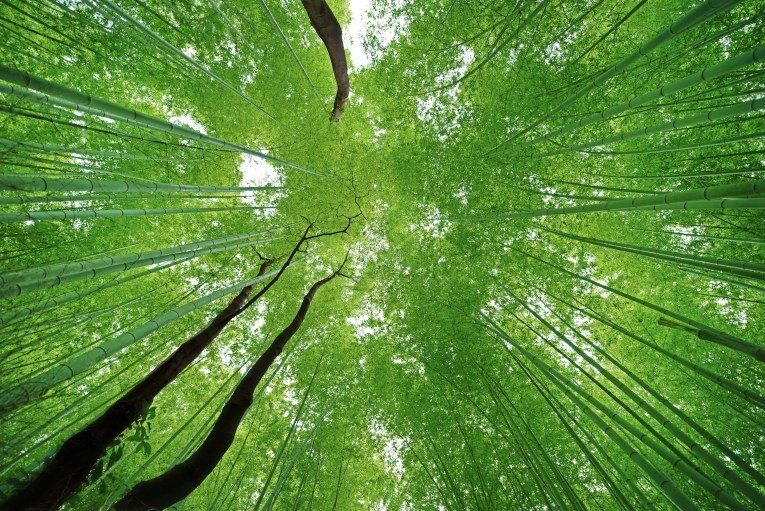
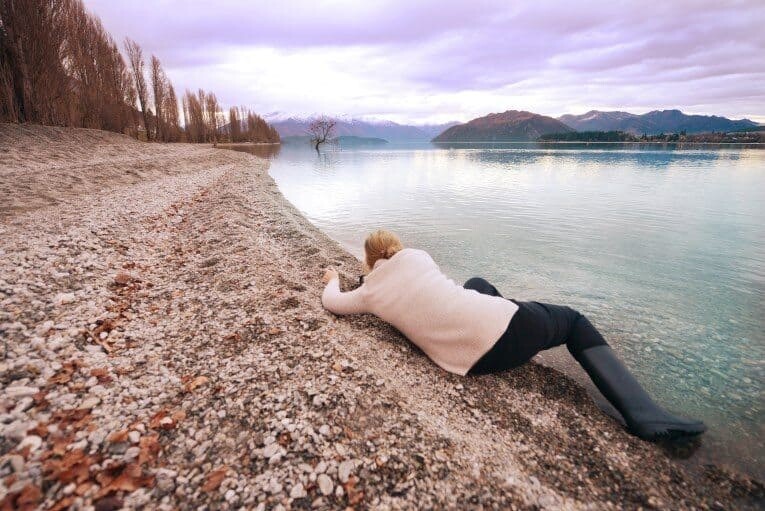
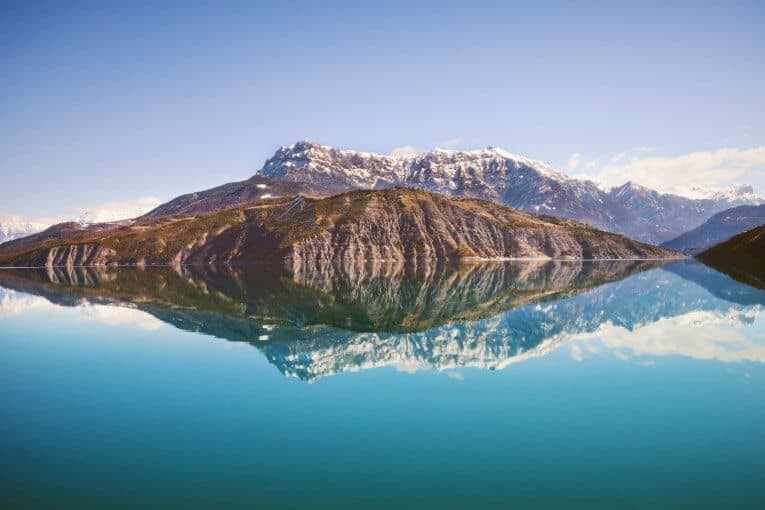
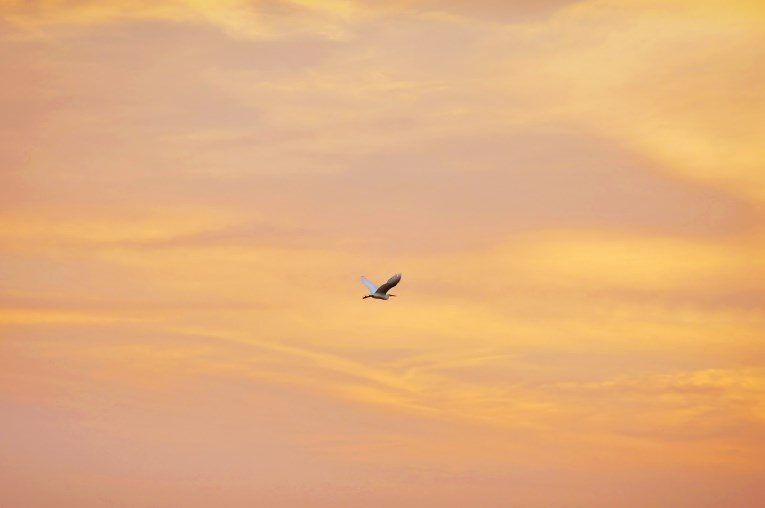
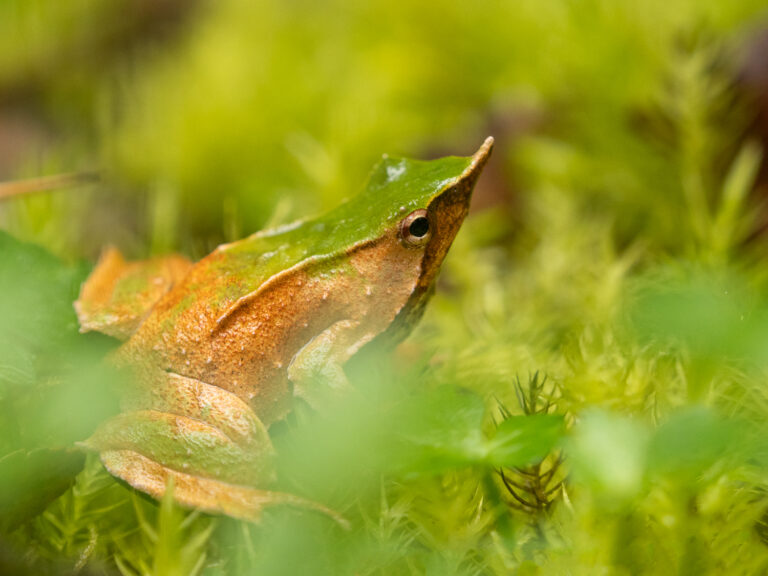
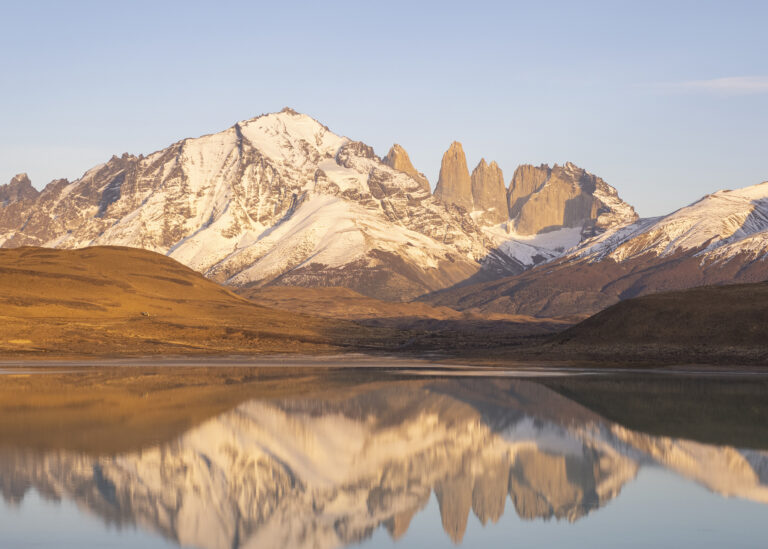
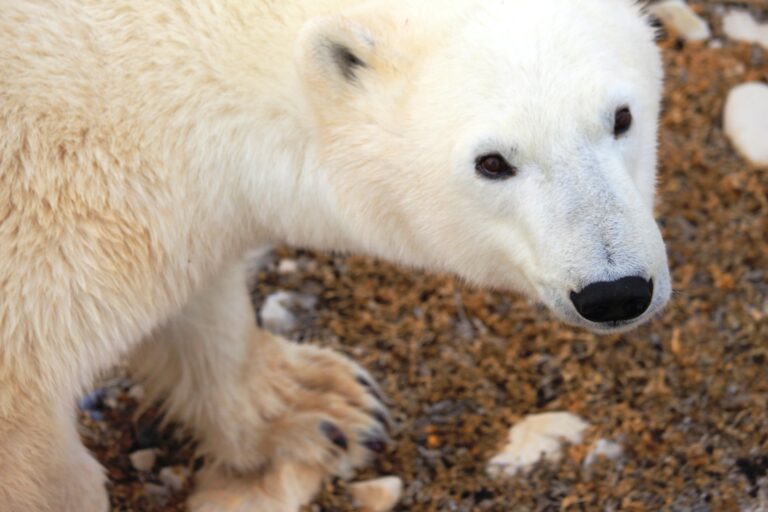
Blog Comments
Sarah Shumate
March 31, 2015 at 8:02 pm
Some of the best landscape tips I’ve read yet. Thank you! We’re headed to Scotland (Isle of Skye) next week and I hope to put some of your tips to good use! 🙂
Manish
April 11, 2015 at 7:14 pm
Thank’s for sharing awesome interesting photos of landscape
ivy kriste
April 16, 2015 at 9:55 pm
Very useful lessons for a beginner like me. I’ll try your tips for sure.
Brianna
May 5, 2015 at 5:28 am
Ah! This was so helpful and so beautiful at the same time. I look forward to continuing to read this…I’m just at the first level of composition and lighting, basically, but my insta (@becausebri) is definitely improving…slowly but surely….. 🙂
thewanderinglens
May 9, 2015 at 12:33 am
Great to hear Brianna! Have fun testing out techniques and playing with light, from your Instagram it looks like you’re great at using lines and perspective in your image composition 🙂
John@Digital Signatures
June 29, 2015 at 2:18 pm
Landscapes are a real favorite with photographers and you get to spend time in the outdoors and be with nature. Having patience helps, as you may need to wait for the right lighting conditions. One practice, you will increse skill and be able to capture striking photos of your own.
Nicola
September 1, 2015 at 12:25 am
Incredible photos, they are seriously inspiring. Love the clarity and colors of each and every one of them. What lens do you use for your wideangle shots? I’ve got a 17-40mm but find myself constantly frustrated with the amount of distortion and vignetting!
http://www.polkadotpassport.com
thewanderinglens
September 1, 2015 at 2:05 am
Thanks so much Nicola! I use a Nikon 14-24mm f/2.8 for my wide angle landscapes, love the clarity and range it gives me for everything from underwater photography to astro. Definitely recommend this lens a billion times over!
Citroen
November 15, 2015 at 9:58 pm
Perfect combination of splendid pics and accessible tips and suggestions.
Makes this website standing above the already high quality level of available websites.
thanks for sharing your passion and experience.
thewanderinglens
November 16, 2015 at 2:47 am
So lovely to hear, thank you for taking the time to comment it means a bunch! I hope my site is helping to improve your photography 🙂